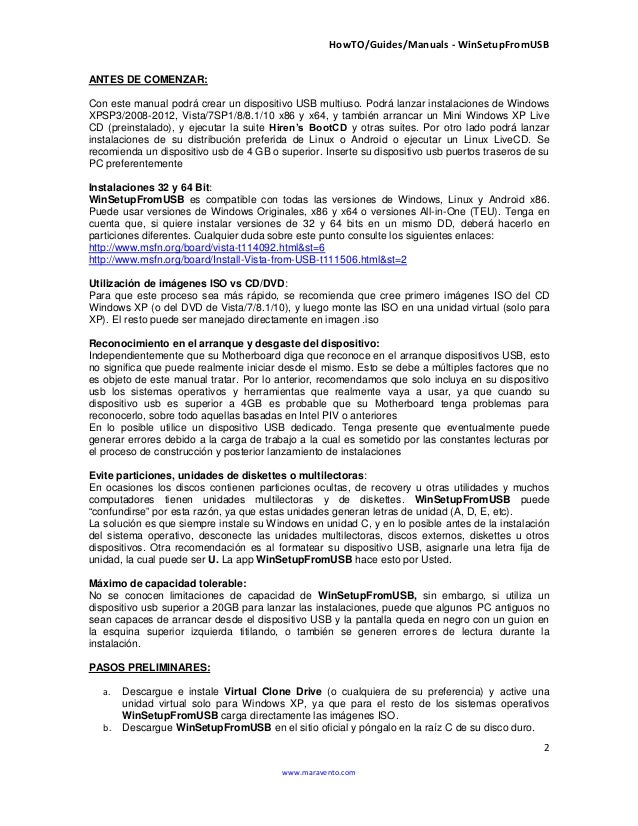
If you have multiple internal hard drives, you can select a different hard drive from the one running macOS and create a single partition on that drive to use solely for Windows. To create the Windows bootable installation media on a USB drive, Download the Media Creation Toolfrom the Microsoftwebsite Open it and click on the Accept button Select Language and click Next. This process may take a long time to complete (you can click the Stop button to interrupt this process).Īt the Create a Partition for Windows step, specify a partition size by dragging the divider between the macOS and Windows partitions.

You have to format it so make sure that you dont have important data on. The Windows files are copied to the USB drive. Step 2: Properly format the USB for creating bootable Windows USB. This process may take a long time to complete (you can click the Stop button to skip this process).Īt the Select Tasks step, select all the tasks, then click Continue.Īt the Create Bootable USB Drive for Windows Installation step, choose the Windows ISO image and the USB drive, then click Continue. Older Time Machine snapshots and cached iCloud files are removed to make space for Boot Camp.

The system is checked for total available disk space. This places the USB image and imaging tool into the current folder. On your Mac, open Boot Camp Assistant, located in /Applications/Utilities.Īt the introduction screen, click Continue. Right click on the downloaded file and select the Extract to Here option.

Important: If you’re using a Mac notebook computer, connect it to a power source before continuing.Ĭonnect an external USB drive or insert a flash drive into the USB port on your Mac keep it connected or inserted while you install Windows and the Windows support software. Set up a USB printer connection with a built-in driver (Windows) When you connect the printer USB cable, Windows automatically installs and adds your printer to provide basic printing functionality.


 0 kommentar(er)
0 kommentar(er)
